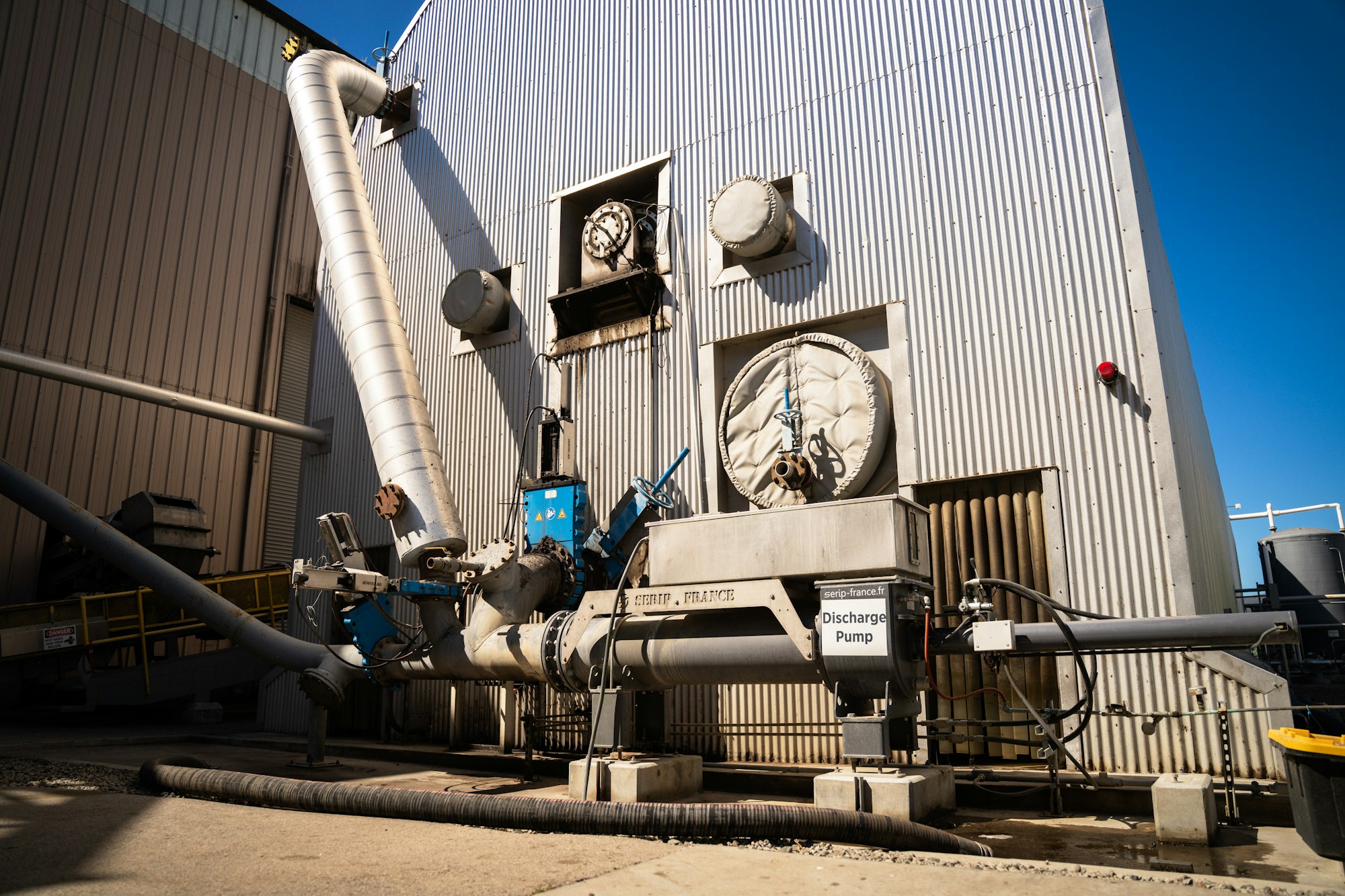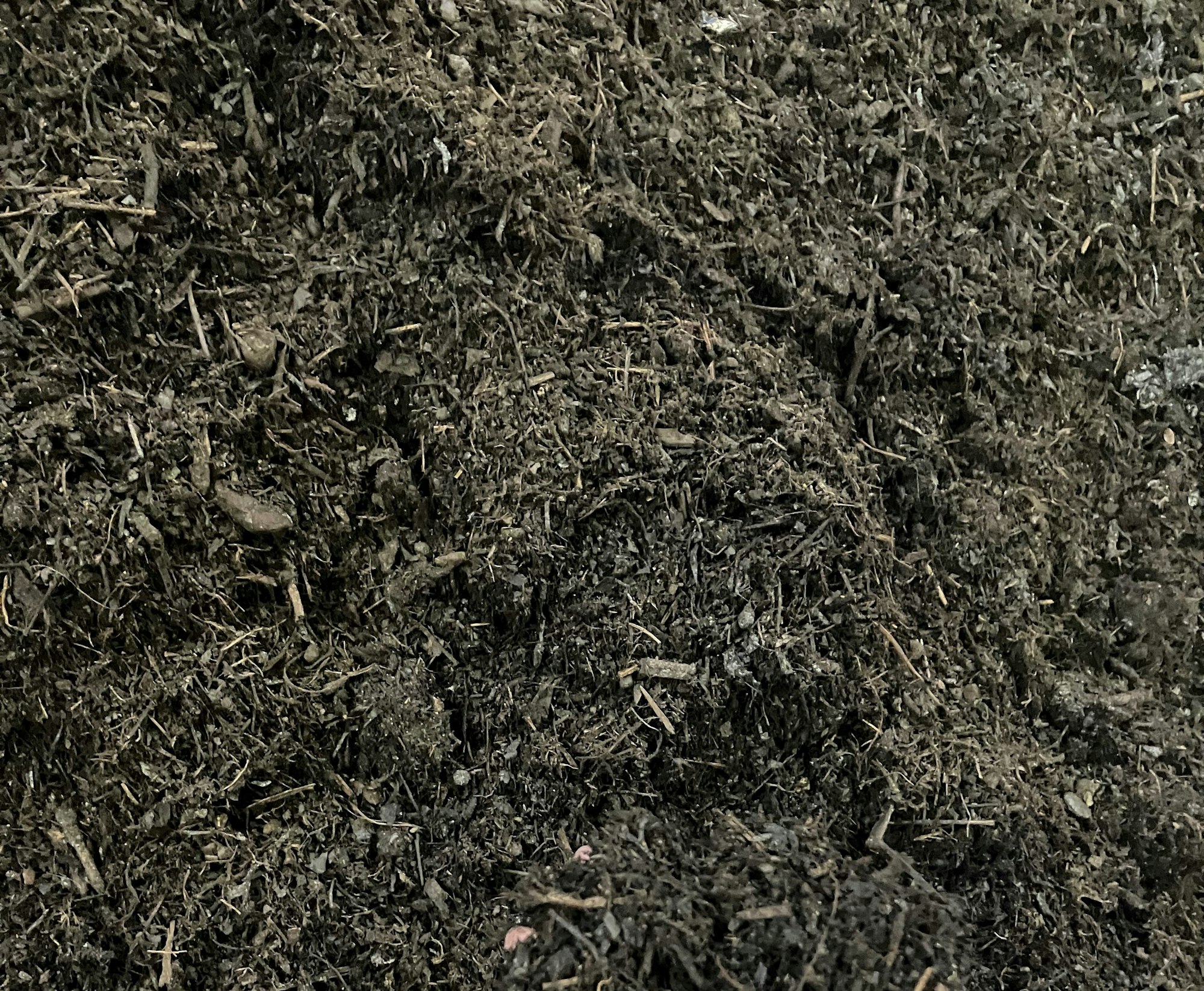Where does my organic waste go in SLO County?
In San Luis Obispo County, food waste, yard waste and food soiled paper can all be recycled in your curbside green organics bin. But where does it end up beyond your curb?
Everything you put in your green bin will stay local, eventually ending up as compost applied on farms throughout the county. Depending on where you're located, there are a couple places it might end up.
Anaerobic Digestion
Most of the organic waste from the county ends up at Kompogas, which is located out by the airport near the city of San Luis Obispo. If you live in South County, San Luis Obispo, or along the coast, this is where your organics will be recycled. Kompogas was the first facility of its kind in the US, opening in SLO in 2018. They use a process called anaerobic digestion, which turns our food scraps and yard waste into renewable energy and organic certified compost. Here's how it works.
.jpg?ixlib=rb-1.1.0&w=2000&h=2000&fit=max&or=0&s=efa6d8c93a8641611df015dac0959ce1)
Organic waste is collected from homes and commercial businesses across the county, and hauled to Kompogas. There, the trucks open up dump the loads on the floor of the loading hall.
The waste is pre-treated: they pull out any major contaminants like plastic bags, rocks, or large pieces of lumber. They load it into a shredder, which chops any larger pieces into more manageable chunks.
Once they're ready, the organics are fed into the digester. The digester is basically a huge, enclosed tube-- this is where the magic happens. There are tons of little microorganisms which work to decompose the organic matter. The environment is kept at a controlled temperature, and the material is recirculated constantly by a giant, turning corkscrew called an agitator. Everything inside becomes a soupy, bubbly slurry thanks to the digestion at work. The material stays in the digester for about 14 days for it to become fully broken down.

The material that was just digested goes into the compost hall, where it cures. It's not quite compost yet, but after some time sitting out to cure, it will be sold to farms and vineyards throughout the region. They also give away the compost to residents at biannual compost giveaways, one in the fall and one in the spring. Stay tuned for the next one!

Besides just compost, the second biproduct of the digestion process is biogas. This gas is emitted naturally by the process of breaking down the organic waste. Inside the digester, they are able to capture this biogas, and harness that as a green, carbon-neutral energy source. The biogas produced by the plant powers the plant itself, as well as putting enough energy into our local power grid to power up to 600 homes in the area.
Windrow Composting
Some of our organics will get windrow composted instead. This process also results in nutrient-rich, organic certified compost. Windrows are large piles of organic material, arranged in long rows. They are turned by a huge machine, that helps even out the piles and ensure that all the material has access to oxygen.
What is Compost?
Compost is not dirt! It's an incredibly nutrient-rich substance that is used to create healthy soils and productive farms. Farmers, gardeners and landscapers will apply compost to the land, and the nutrients present in the compost provide healthy nutrients to growing plants. Compost usage can help replace farmers' reliance on chemical-based fertilizers. Compost is also a great way to sequester carbon, when food waste is composted rather than landfilled, it can sequester 3x more carbon than landfilling. Applying compost also saves water, by keeping moisture in the soil for longer. Plus, it just makes sense to give what came from the land, back to the land!

